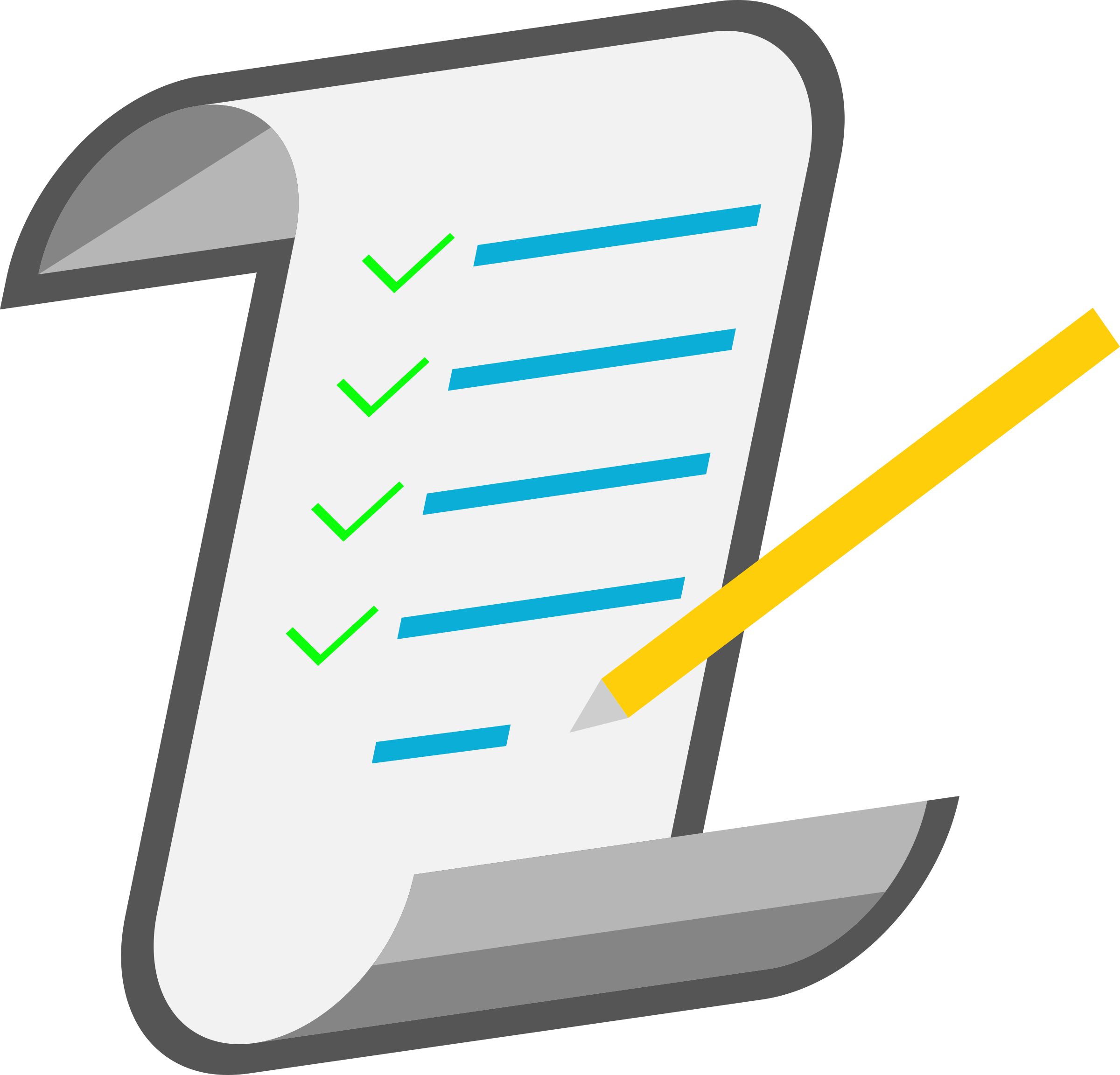 In the age of autocorrect, it’s easy to take the art of proofreading for granted—especially if you’re a kid who would much rather be playing video games or hanging out with friends than sitting at a desk looking for grammatical errors in a homework assignment. That’s why, when teaching your elementary students about the editing stage of the writing and publishing process, it’s important to emphasize both how important it is and how easy it can be once they have a couple of editing tricks up their sleeves.
In the age of autocorrect, it’s easy to take the art of proofreading for granted—especially if you’re a kid who would much rather be playing video games or hanging out with friends than sitting at a desk looking for grammatical errors in a homework assignment. That’s why, when teaching your elementary students about the editing stage of the writing and publishing process, it’s important to emphasize both how important it is and how easy it can be once they have a couple of editing tricks up their sleeves.
 Tip #1: Make Proofreading Relevant
Tip #1: Make Proofreading Relevant
 The number one ingredient in a successful elementary level proofreading lesson is to prove the process is worthwhile. Don’t just show your students how to proofread, show them why they should care. After all, something as simple as a single misplaced comma can make all the difference in meaning. Grammar isn’t a torture method designed by English teachers, as some of your students might think—it’s a means of ensuring your words are properly understood by the people who are meant to read them.
The number one ingredient in a successful elementary level proofreading lesson is to prove the process is worthwhile. Don’t just show your students how to proofread, show them why they should care. After all, something as simple as a single misplaced comma can make all the difference in meaning. Grammar isn’t a torture method designed by English teachers, as some of your students might think—it’s a means of ensuring your words are properly understood by the people who are meant to read them.
You can illustrate this by sharing funny examples of grammar gone wrong with your class. Check magazines or internet sites for photos of unfortunate advertising misprints, badly worded signs and other amusing samples that will get a few laughs while you get your point across. (Just make sure they’re class appropriate!) You can also ask your students to list their own examples of sentences in which a small change in grammar can make all the difference, such as the classic “Let’s eat, Grandma!” versus “Let’s eat Grandma!”
 Tip #2: Encourage Objectivity
Tip #2: Encourage Objectivity
 While writing can be an extremely personal process, it’s important to remind your students that proofreading is extremely impersonal. It’s not about making a judgment call or tearing down someone’s hard work; it’s about polishing up a piece of writing until it really shines. The key to good proofreading is having some distance from the writing so that you can objectively review it.
While writing can be an extremely personal process, it’s important to remind your students that proofreading is extremely impersonal. It’s not about making a judgment call or tearing down someone’s hard work; it’s about polishing up a piece of writing until it really shines. The key to good proofreading is having some distance from the writing so that you can objectively review it.
You can effectively demonstrate this by having them proofread their own work directly after writing it, then revisiting the piece a week or more later and proofreading it again. Ask them to pay attention to what they missed the first time around, and discuss how physical and temporal distance help create objectivity when self-proofing.
Another way is to ask them to proofread their own work, then switch papers with someone else and proofread their classmate’s work. When they get their own papers back, ask them to take a look at the difference between what they found and what their partner found; chances are good that their partner pointed out more errors than they did. Talk to them about why approaching a piece with a fresh pair of eyes—and no prior attachment to the content—can help them avoid being biased and proofread more effectively.
Are you Enjoying this Content?
 Tip #3: Keep It Simple
Tip #3: Keep It Simple
 Especially for younger writers who are new to the concept of editing, it’s best to keep the proofreading process simple and straightforward. Providing your elementary students with a solid and clear editing strategy, like a checklist, helps keep them focused on the task at hand and ensures a thorough proofing session.
Especially for younger writers who are new to the concept of editing, it’s best to keep the proofreading process simple and straightforward. Providing your elementary students with a solid and clear editing strategy, like a checklist, helps keep them focused on the task at hand and ensures a thorough proofing session.
- It’s never too early to start learning how to proofread! This simple “Spot-On Writing” checklist is perfect for kindergarteners and first graders who are just beginning to familiarize themselves with basic grammar and spelling.
- For second and third graders who already know the difference between a comma, an apostrophe and a period, this “Take a Closer Look” worksheet introduces slightly more complex concepts like word choice and varying sentence length.
- If you’re teaching fourth or fifth grade, try this more in-depth revising and editing checklist, which asks your students to consider details like strong verbs and precise nouns.
Proofreading in Context
Proofreading, of course, isn’t meant to be an isolated act. It’s part of the larger writing process; therefore, it only makes sense that the most effective way to teach it is in the context of that process. By guiding your students through the full writing journey, from first draft through edits to the final satisfaction of becoming published authors, you’ll allow them to more clearly see the important role proofreading plays in that journey—and how it can help them to do, and be, their best.
For more creative teaching resources, please be sure to check out our online teacher’s lounge, and don’t forget to sign up for your free classbook publishing kit!
Image sources: Lead image source Pixabay user RaphaelJeanneret; Images 1, 2, 3 via Openclipart.org





